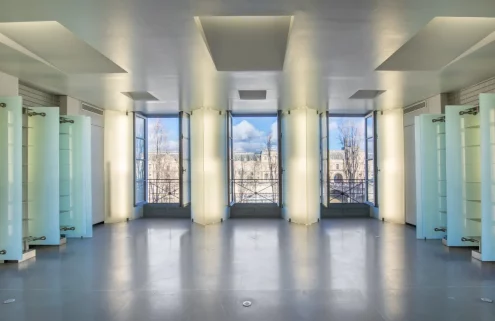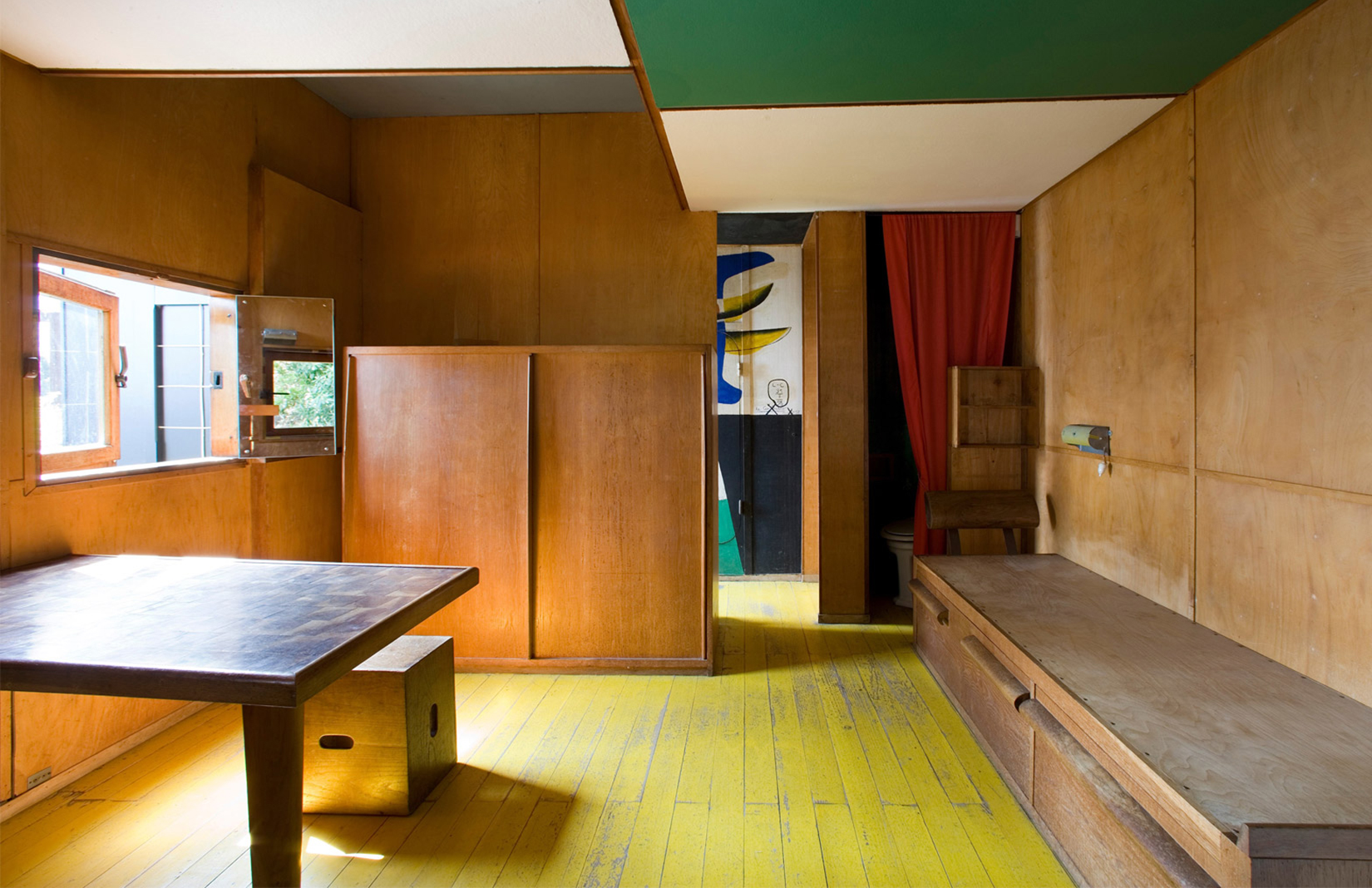Le Corbusier’s profound influence on architecture is well known. With his declaration in 1923 that ‘a house is a machine for living in’, he swept away the conventions of design and decoration that had been the order of the day, and presented minimalism and function as the new ideals.
Nearly a century on, his influence is still palpable – and not just in the work of architects.
Fashion designers repeatedly cite Le Corbusier as an inspiration, as we discovered while exploring their favourite buildings last month. Over the years, the architect has influenced the likes of Rei Kawakubo, Karl Lagerfeld, Ann Demeulemeester and Clare Waight Keller who have created clothes framed by his theories, or presented collections within recreations of his buildings. Demeulemeester even lives in one of his houses. Here, we delve into his effect on the fashion landscape throughout the decades.
Karl lagerfeld channels a Paris apartment designed by Le Corbusier in 1929
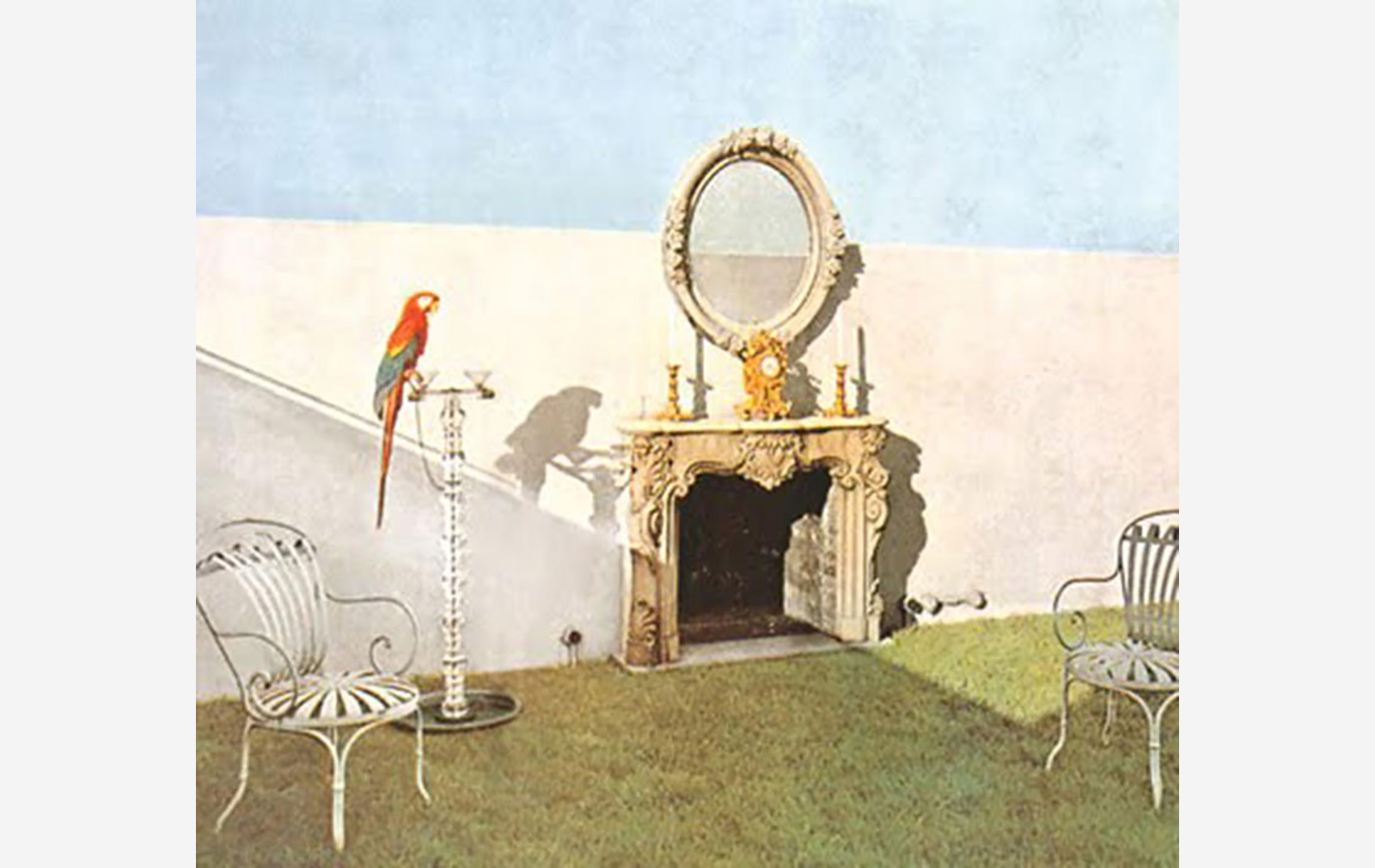
Karl Lagerfeld paid homage to Le Corbusier by basing his 2014 couture show set on a long-demolished Champs-Élysées apartment he designed in 1929 for millionaire art collector Charles de Beistegui.
Lagerfeld transformed the Palais Royale into a dazzling white, geometric landscape, with a floor made from tiles of concrete – Le Corbusier’s favourite material – fireplaces at each end, overhung with gold baroque mirrors.
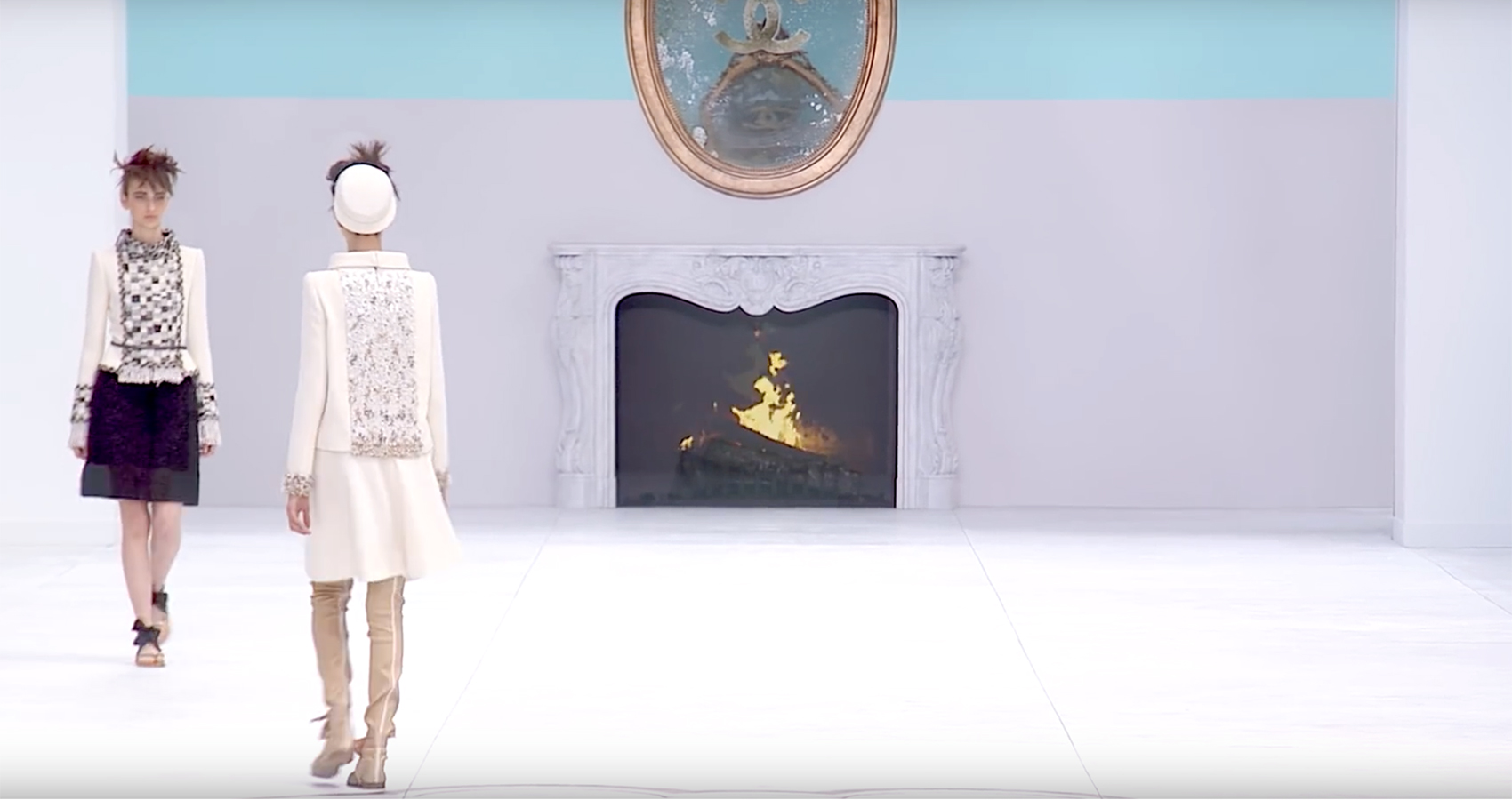
The look, the designer said, was ‘Le Corbusier goes to Versailles’, with the architect’s utilitarian side getting a nod with the first looks in black and white, before the monochrome was edged out by a more vibrant and regal palette.
Le Corbusier’s presence was felt in the shapes – the sharp silhouette, the clean curves, the elegant flats, the concrete buttons. ‘The clothes are light, they float,’ Lagerfeld told Adweek. ‘I think that makes it more modern.’
Despite being couture, with their form and function, these were indeed garments for living in.
Ann Demeulemeester buys a Le Corbusier classic
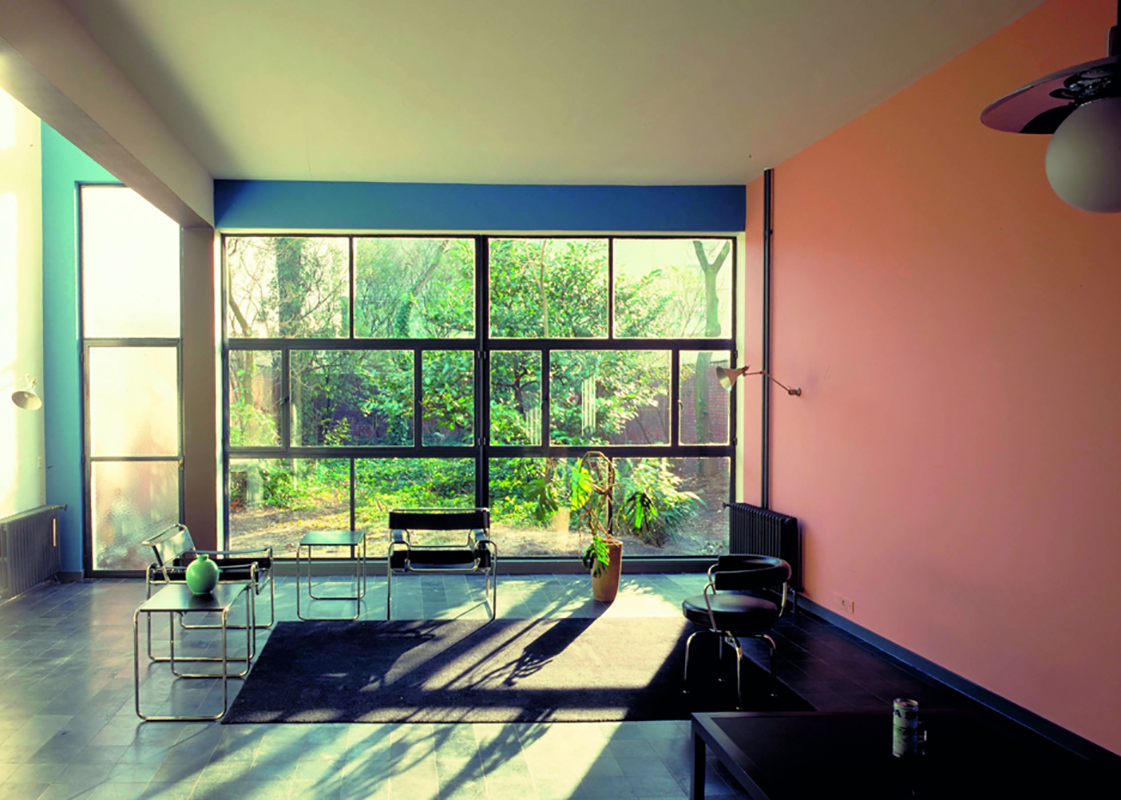
Belgian designer Ann Demeulemeester has long harboured an admiration for Le Corbusier, even buying her own slice of his work in 1983. She purchased Belgium’s only surviving house by the architect – Maison Guiette in Antwerp, built in 1927 for the artist René Guiette – which was designated a UNESCO World Heritage Site in July this year.
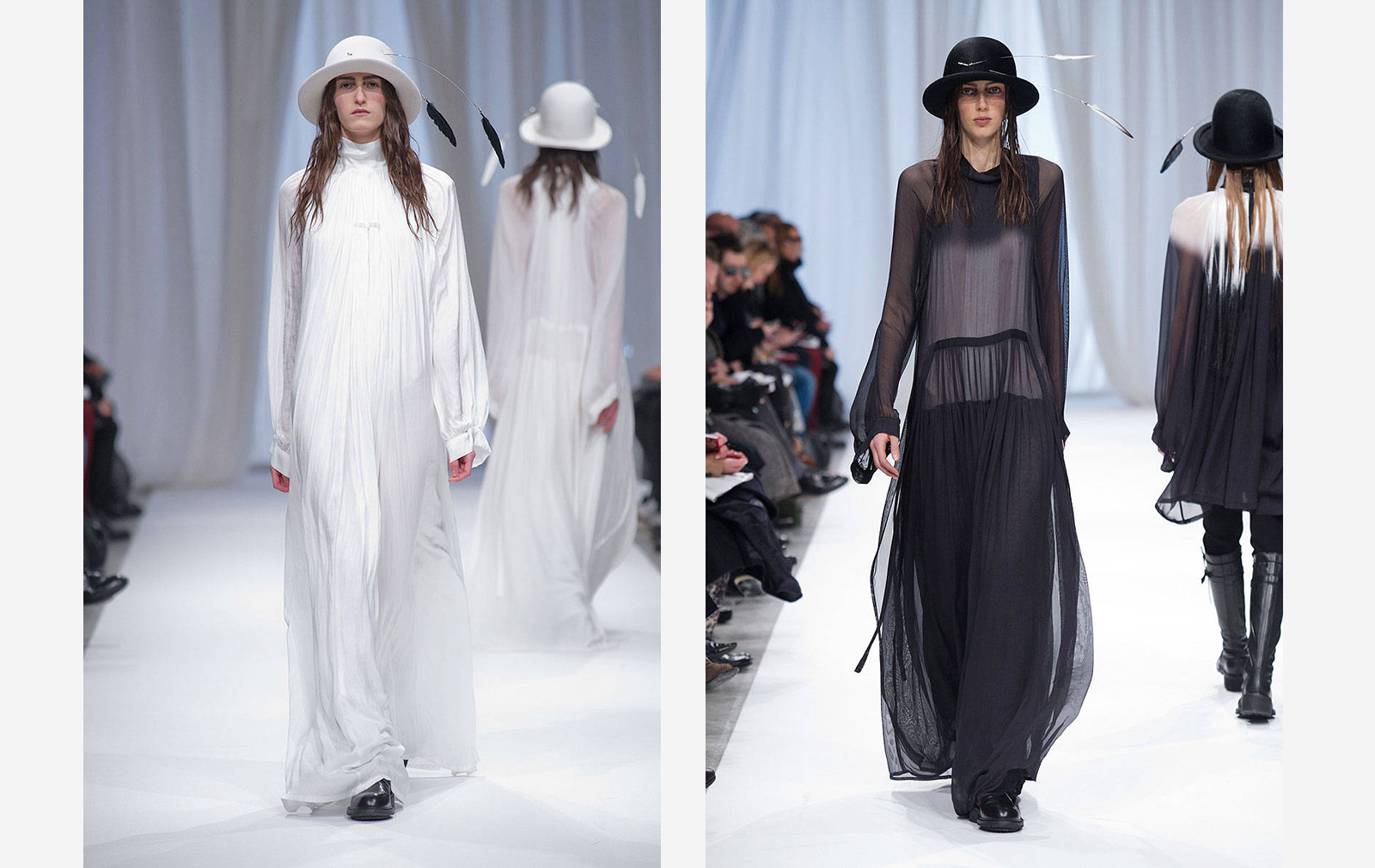
While Demeulemeester is not overtly literal in her homage to the architect, the parallels between her work and Le Corbusier’s lie in her monochrome palette and pared back designs, their evocation of the modern through delicate touches rather than excessive detail.
Rei Kawakubo echoes Le Corbusier’s textures, forms and colours
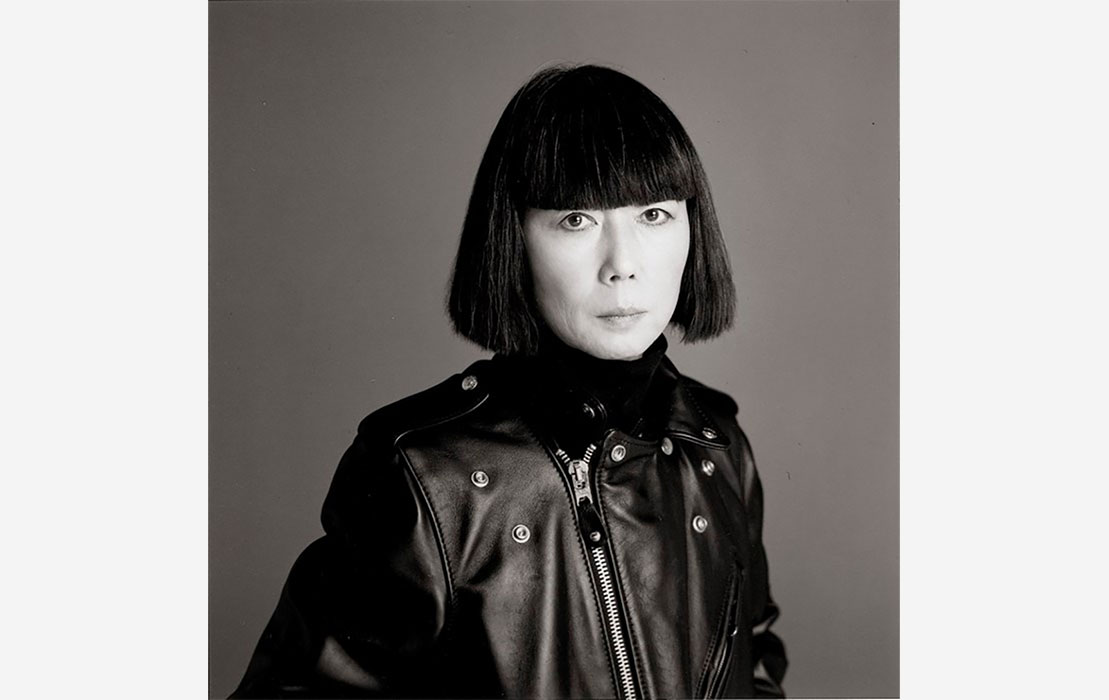
In terms of enigmatic designers, they don’t come more impenetrable than Rei Kawakubo, founder and designer of Comme des Garçons. In a 1995 interview, in which she was questioned by designer Paul Smith for Dazed Magazine, she stated: ‘I like the simplicity and spaciousness of Le Corbusier.’
The connection resonates. As Deyan Sudjic wrote in his 1990 monograph on the designer: ‘Kawakubo talks of her admiration of Le Corbusier, and it is not too farfetched to see the influence of his purist Modernism in her own abstraction of fashion into the fundamentals of texture, form and colour.’ Through her examination of clothing as a cerebral and emotional construct, there is a direct line back to the works of the architect. In the strangeness that imbues her pieces, we find her highly personal take on how to live.
Designers from Alexander McQueen to Clare Waight Keller take cues from the master
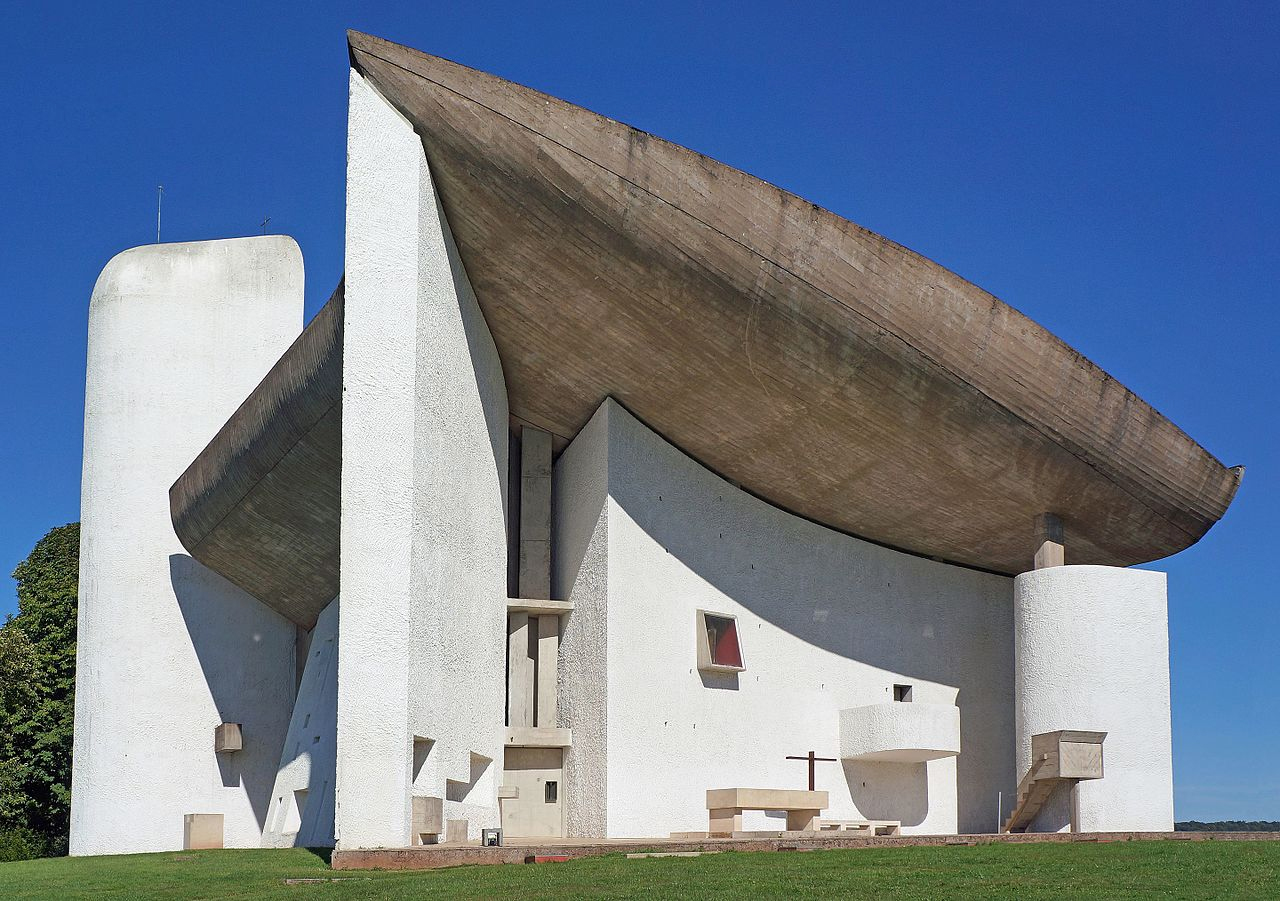
There are many others for whom the architect was, and is, an inspiration. Alexander McQueen, cited Le Corbusier’s Chapelle Notre-Dame-du-Haut at Ronchamp as his favourite building, while Hussein Chalayan shares with Le Corbusier a passion for the technical as a means to the beautiful.
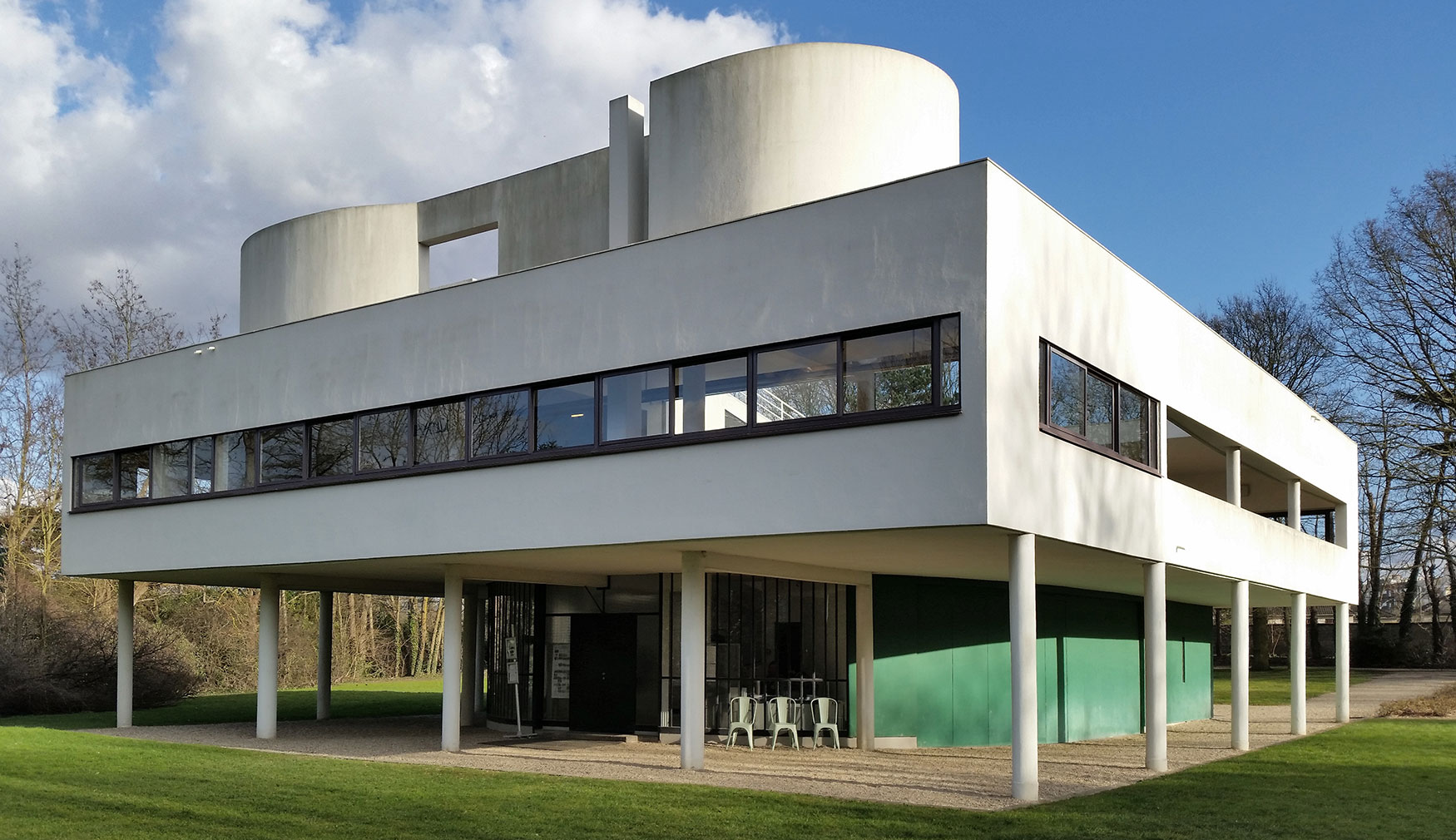
Tomas Maier and Clare Waight Keller both reference Villa Savoye as an influence. Indeed Waight Keller framed her 2015 Cruise collection for Chloé around Le Corbusier’s 1931 construction, echoing the building’s minimalist grandeur in the graphic simplicity of her shapes.
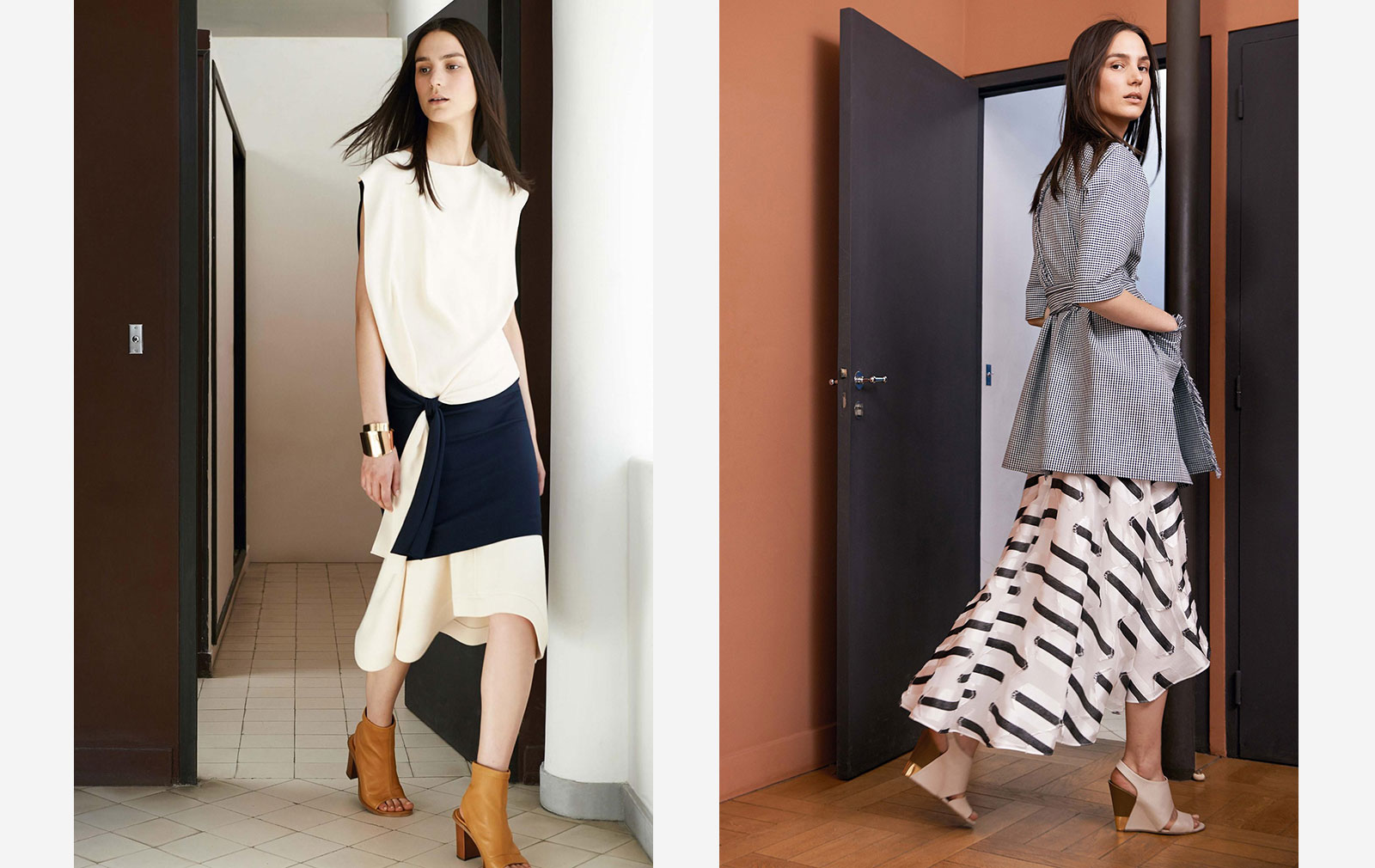
Fashion and architecture both strive to represent the future in pieces of work that will inevitably become representative of the past. But, as Le Corbusier said, ‘To be modern is not a fashion, it is a state. It is necessary to understand history, and he who understands history knows how to find continuity between that which was, that which is, and that which will be.’
His buildings are timeless because he worked according to his own instincts for living, using an understanding of the past and the present. His most successful fans in the fashion world are those who have applied the same instincts to their clothes.
Read next: Fashion designers’ favourite buildings


